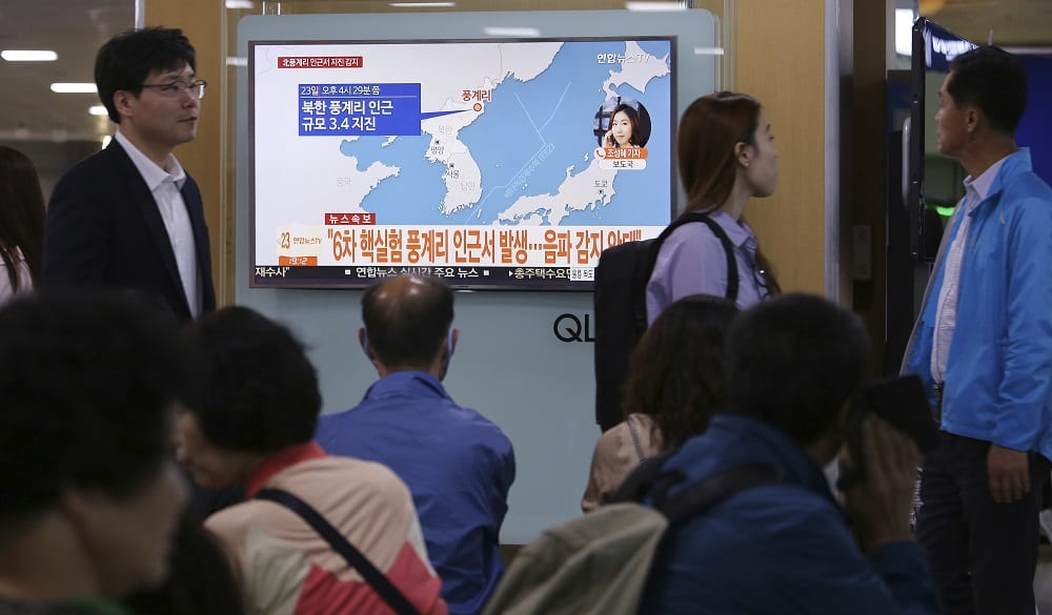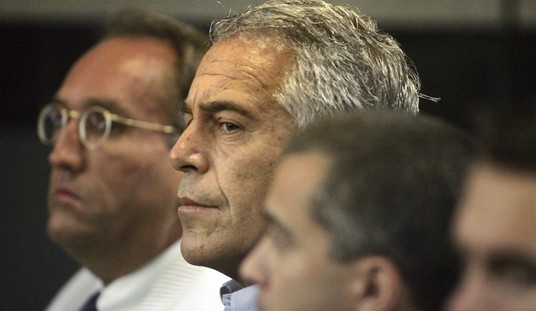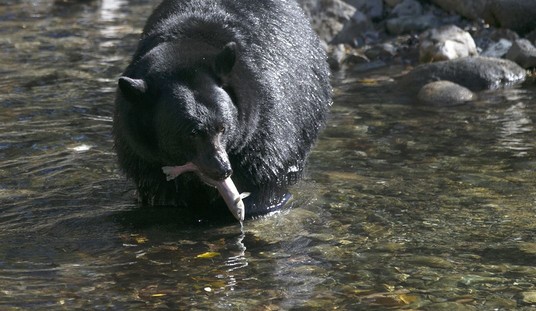
People watch a TV news program reporting North Korea’s earthquake, at Seoul Railway Station in Seoul, South Korea, Saturday, Sept. 23, 2017. South Korea’s weather agency said an earthquake was detected in North Korea on Saturday around where the country recently conducted a nuclear test, but it assessed the quake as natural. The signs read ” The quake was detected in an area around Punggye-ri where the North conducted its sixth and most powerful nuclear test.” (AP Photo/Ahn Young-joon)
North Korea is not a big country, so the area it has available to it to carry out nuclear tests is fairly small. The sole North Korean nuclear testing range is at a place called Punggye-ri

Being run by communists with all the environmental and human sensitivities communists are famous for, the area is an ecological disaster. The water table has been contaminated by radioactive material and this causes radiation sickness and a very high level of fetal deaths. The residents of the region are forbidden to travel outside the local area. The Chinese are beginning to get antsy about the rising radiation levels on their side of the North Korean border.
When North Korea popped its last nuke, on September 3, there were two seismic events. There was a 6.3 magnitude earthquake followed shortly afterward by a 4/1 magnitude event. Initial reports focused on a “two-stage” nuclear device, then reporters listened to scientists who explained that a first stage capable of generating a 6.3 Richter reading would have vaporized the second stage and that the second event was probably a geologic collapse inside the mountain covering the test area.
The second earthquake coupled with the fact that the same mountain has now had six nukes go off under it has sounded alarm bells from Seoul to Beijing that the entire mountain may be on the verge of collapse and with that collapse exposing a boatload of irradiated material. This GIF shows the terrain effects of the September 3 blast. You can see how the mountain has lost altitude. And there is more danger on the horizon if another test is conducted:
Landslides have been detected in the detonation area of North Korea’s latest nuclear test – days after Chinese experts said the mountain under which the rogue state’s five most recent bomb tests likely occurred could be at risk of collapsing.
Satellite images released Wednesday by the respected 38 North website showed the weekend test triggered landslides around the blast site – although there was no visible crater that would indicate a collapse.
38 North published satellite images taken Monday showing changes in the surface at the Punggye-ri test site where the ground had been lifted into the air by the tremors, and small landslides going into stream beds.
…
Wang Naiyan, the former chairman of the China Nuclear Society and senior researcher on China’s nuclear weapons programme, said that if Wen’s findings were reliable, there was a risk of a major environmental disaster.Another test might cause the whole mountain to cave in on itself, leaving only a hole from which radiation could escape and drift across the region, including China, he said.
“We call it ‘taking the roof off’. If the mountain collapses and the hole is exposed, it will let out many bad things.”
The reports that some 200 North Koreans were killed in constructing a new tunnel are a symptom of the danger:
About 200 people are feared dead in North Korea after underground tunnels at a nuclear test site that was feared to be unstable reportedly collapsed, crushing 100 people in the initial cave-in and 100 others when the tunnels again gave way on top of rescuers.
Another North Korean nuke going off in the same facility will likely result in a significant leakage of radiation and it will give the Chinese something to ponder.













Join the conversation as a VIP Member